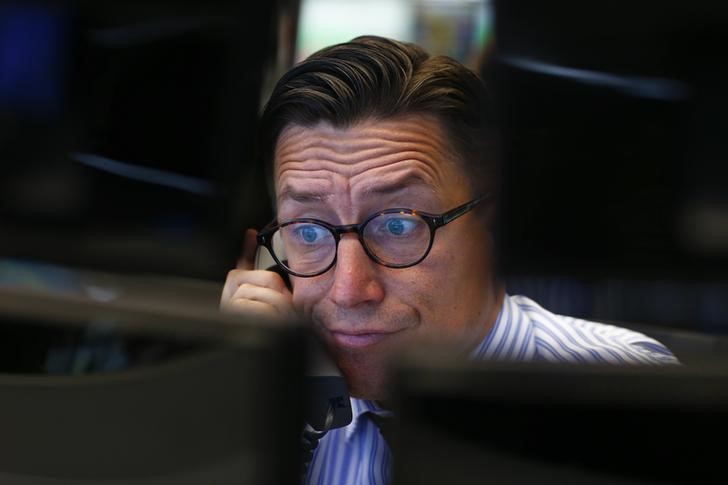Stock Story -
Pet company Central Garden & Pet (NASDAQ:CENT) fell short of the market’s revenue expectations in Q3 CY2024, with sales falling 10.8% year on year to $669.5 million. Its non-GAAP loss of $0.18 per share was 25% above analysts’ consensus estimates.
Is now the time to buy Central Garden & Pet? Find out by reading the original article on StockStory, it’s free.
Central Garden & Pet (CENT) Q3 CY2024 Highlights:
- Revenue: $669.5 million vs analyst estimates of $711.2 million (10.8% year-on-year decline, 5.9% miss)
- Adjusted EPS: -$0.18 vs analyst estimates of -$0.24 (25% beat)
- Adjusted EBITDA: $10.91 million vs analyst estimates of $22.52 million (1.6% margin, 51.5% miss)
- Adjusted EPS guidance for the upcoming financial year 2025 is $2.20 at the midpoint, missing analyst estimates by 13%
- Operating Margin: -4.8%, down from 1.6% in the same quarter last year
- Free Cash Flow Margin: 28.8%, up from 18.8% in the same quarter last year
- Organic Revenue was down 13% year on year
- Market Capitalization: $2.31 billion
Company OverviewEnhancing the lives of both pets and homeowners, Central Garden & Pet (NASDAQ:CENT) is a leading producer and distributor of essential products for pet care, lawn and garden maintenance, and pest control.
Household Products
Household products stocks are generally stable investments, as many of the industry's products are essential for a comfortable and functional living space. Recently, there's been a growing emphasis on eco-friendly and sustainable offerings, reflecting the evolving consumer preferences for environmentally conscious options. These trends can be double-edged swords that benefit companies who innovate quickly to take advantage of them and hurt companies that don't invest enough to meet consumers where they want to be with regards to trends.Sales Growth
A company’s long-term performance is an indicator of its overall quality. While any business can experience short-term success, top-performing ones enjoy sustained growth for multiple years.Central Garden & Pet carries some recognizable products but is a mid-sized consumer staples company. Its size could bring disadvantages compared to larger competitors benefiting from better brand awareness and economies of scale.
As you can see below, Central Garden & Pet struggled to generate demand over the last three years. Its sales dropped by 1.1% annually, showing demand was weak. This is a rough starting point for our analysis.
This quarter, Central Garden & Pet missed Wall Street’s estimates and reported a rather uninspiring 10.8% year-on-year revenue decline, generating $669.5 million of revenue.
Looking ahead, sell-side analysts expect revenue to grow 4.3% over the next 12 months, an acceleration versus the last three years. While this projection implies its newer products will spur better performance, it is still below average for the sector.
Cash Is King
Free cash flow isn't a prominently featured metric in company financials and earnings releases, but we think it's telling because it accounts for all operating and capital expenses, making it tough to manipulate. Cash is king.Central Garden & Pet has shown robust cash profitability, giving it an edge over its competitors and the ability to reinvest or return capital to investors. The company’s free cash flow margin averaged 10.4% over the last two years, quite impressive for a consumer staples business. The divergence from its underwhelming operating margin stems from the add-back of non-cash charges like depreciation and stock-based compensation. GAAP operating profit expenses these line items, but free cash flow does not.
Taking a step back, we can see that Central Garden & Pet’s margin expanded by 1.1 percentage points during that time. This shows the company is heading in the right direction, and because its free cash flow profitability rose more than its operating profitability, continued increases could suggest it’s becoming a less capital-intensive business.
Central Garden & Pet’s free cash flow clocked in at $193 million in Q3, equivalent to a 28.8% margin. This result was good as its margin was 10 percentage points higher than in the same quarter last year, building on its favorable historical trend.
